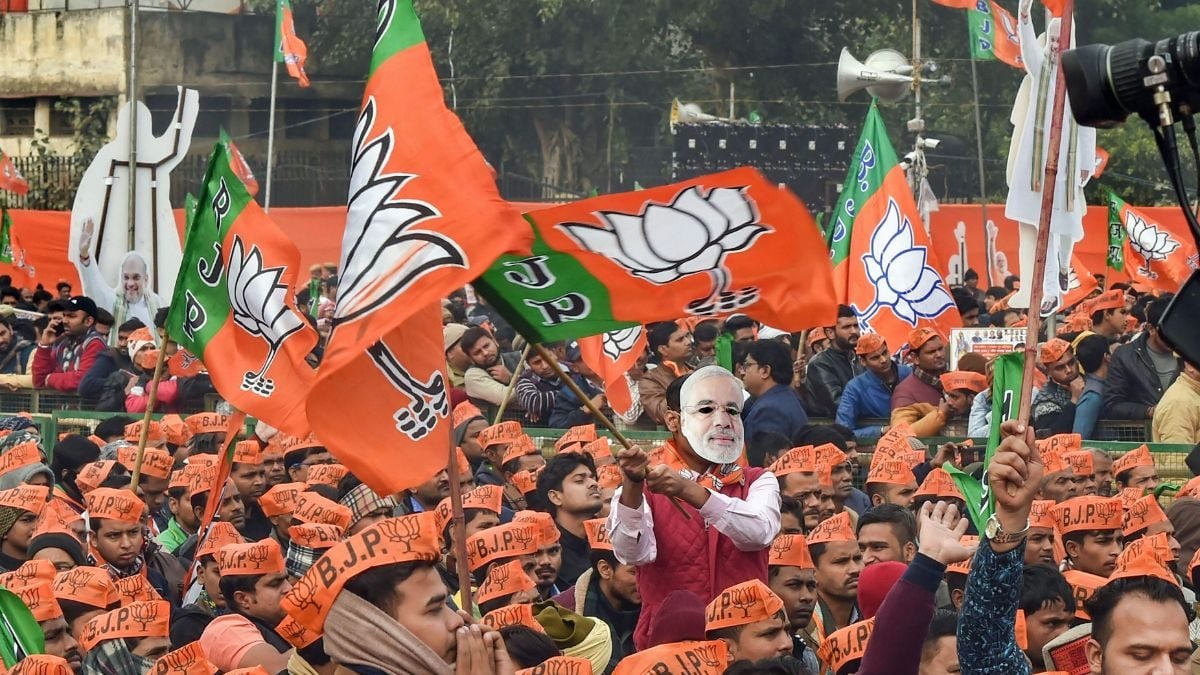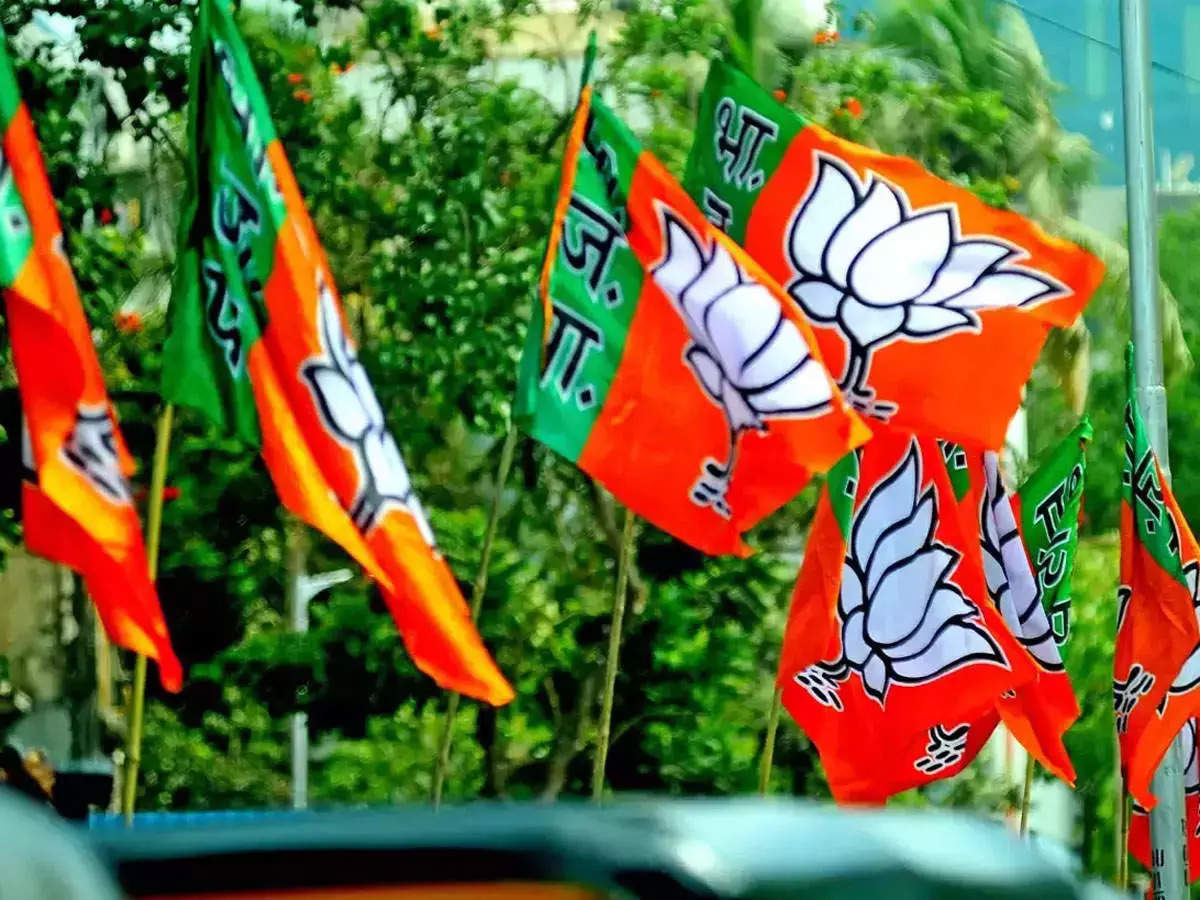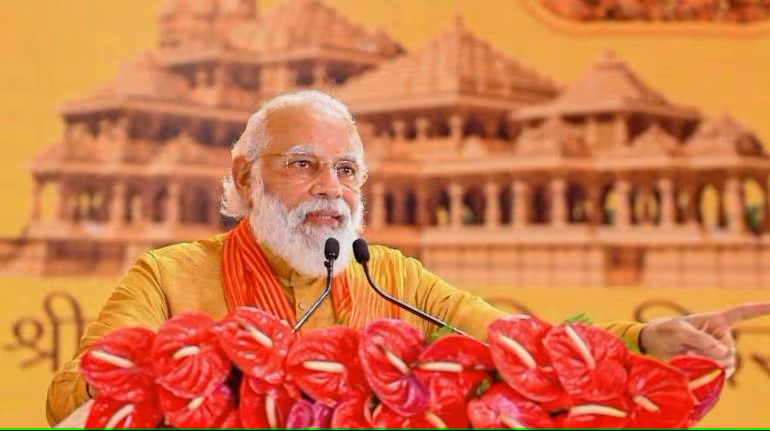With the 2024 Lok Sabha elections fast approaching, the Indian opposition faces a formidable challenge: unseating the incumbent Bharatiya Janata Party (BJP) led by Prime Minister Narendra Modi. This article delves into the historical context of the 1977 elections, where a united opposition under the Janata Party banner dislodged Indira Gandhi’s Congress party after the imposition of the Emergency, and explores the applicability of those lessons to the current political landscape.
 The 1977 outcome was a unique confluence of factors. Widespread public outrage simmered due to the authoritarian measures implemented during the Emergency, including the suspension of civil liberties, press censorship, and mass arrests of opposition leaders. Additionally, the forced sterilization program under the guise of population control further alienated the electorate. The opposition, despite internal ideological differences, seized the opportunity. They came together to form the Janata Party, presenting a united front against the ruling Congress.
The 1977 outcome was a unique confluence of factors. Widespread public outrage simmered due to the authoritarian measures implemented during the Emergency, including the suspension of civil liberties, press censorship, and mass arrests of opposition leaders. Additionally, the forced sterilization program under the guise of population control further alienated the electorate. The opposition, despite internal ideological differences, seized the opportunity. They came together to form the Janata Party, presenting a united front against the ruling Congress.
This strategic alliance, coupled with a powerful anti-incumbency sentiment, propelled the Janata Party to a historic victory, marking the first time since independence that an opposition coalition had successfully formed the government the current political landscape presents a different set of challenges for the opposition. Unlike 1977, there is no single, unifying factor like the Emergency to galvanize public discontent against the BJP. Additionally, the opposition itself is fragmented, consisting of various regional and national parties with diverse ideologies, making it difficult to forge a cohesive national narrative.
While unity remains crucial, the opposition needs to go beyond simply presenting a united front. Here are some additional strategies they can consider:
- Develop a Compelling Narrative: An articulated shared vision for India’s future, outlined in a well-publicized manifesto, is essential to capture the electorate’s imagination. The manifesto should address pressing concerns like economic growth, job creation, rural distress, social justice, and national security, offering concrete solutions that resonate with voters across different demographics. This vision should not just be a critique of the BJP’s policies, but a distinct and aspirational roadmap for the country’s future.
- Craft a Robust Media Strategy: A centralized media panel could effectively counter the BJP’s narrative and ensure wider dissemination of the opposition’s message. This panel should proactively engage with diverse media outlets, both traditional and new, to effectively communicate their vision and plans to the public. The opposition also needs to leverage social media to connect with young voters and counter the BJP’s dominance in this space.
- Direct Engagement with Voters: Organizing joint rallies and public meetings across the country would allow the opposition to directly connect with the people and address their concerns. This would also provide an opportunity to showcase the collective leadership of the opposition coalition, and individual leaders must project a message of unity and collaboration. Additionally, the opposition should focus on strengthening its presence at the grassroots level, mobilizing party workers and volunteers to connect with voters in their constituencies.
- Address Internal Issues: Addressing allegations of corruption within opposition parties is essential to regain public trust and project a clean image. Additionally, the opposition should strive to address internal ideological differences and present a united front not just at the leadership level but also among their cadres at the grassroots. This will require effective communication, transparency, and a willingness to find common ground on key issues.
While replicating the 1977 outcome entirely might be difficult, the opposition can draw valuable lessons from that experience. By forging greater unity, presenting a clear alternative vision for India, and effectively communicating with the electorate, the opposition can mount a credible challenge against the BJP in the upcoming elections. However, overcoming internal divisions, crafting a compelling narrative, and effectively countering the BJP’s well-oiled election machinery remain significant hurdles on the opposition’s path to victory. Ultimately, the success of the opposition will depend on their ability to present a united front, address the concerns of the electorate, and offer a credible alternative vision for India’s future.




